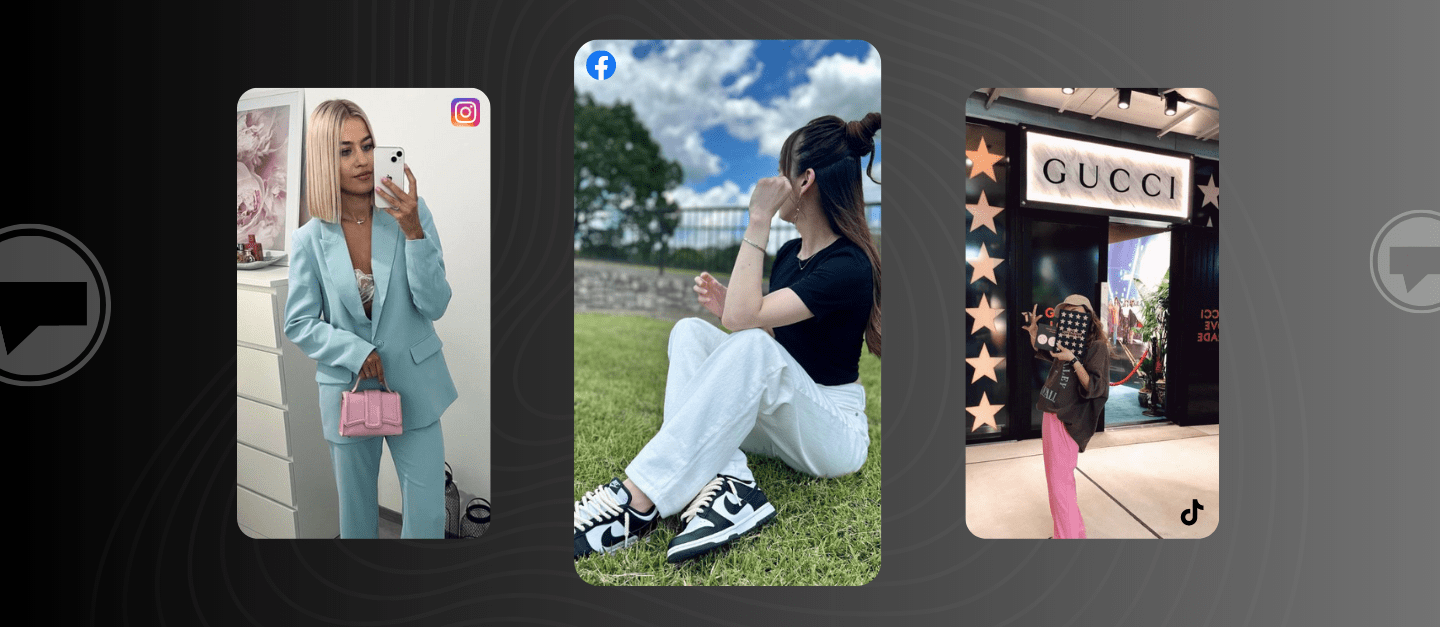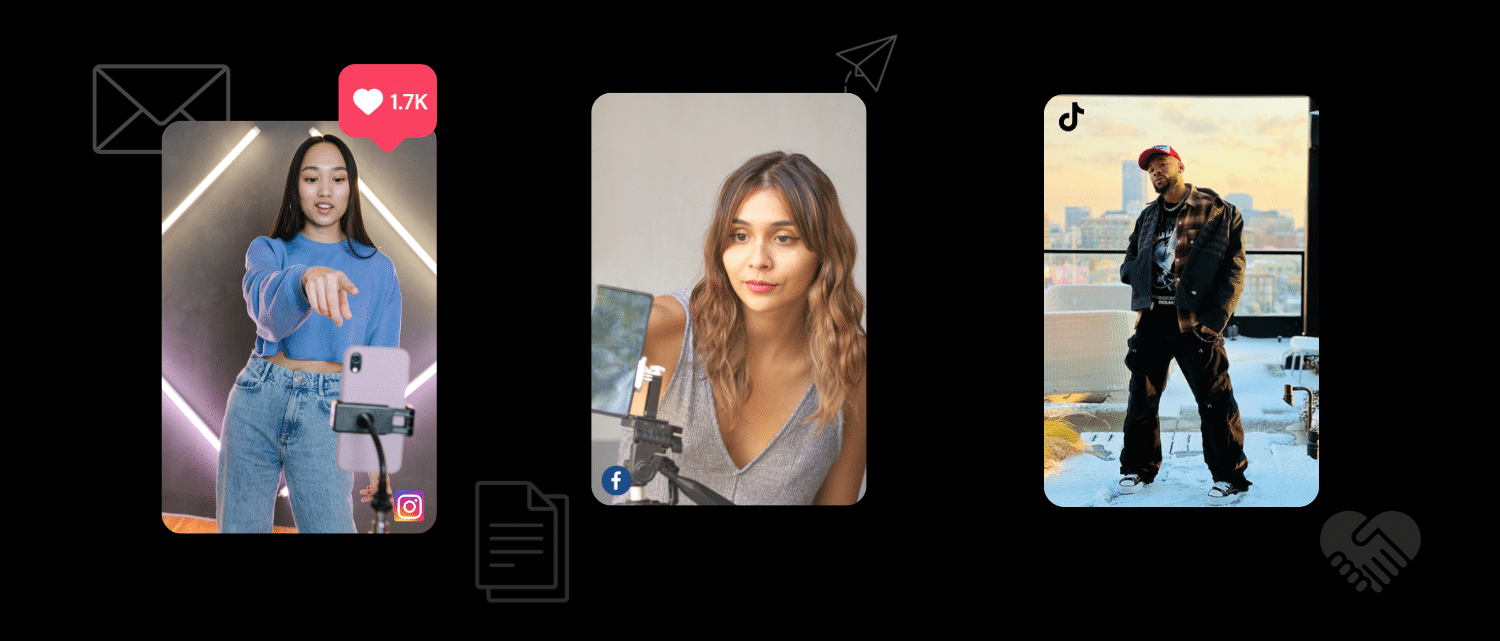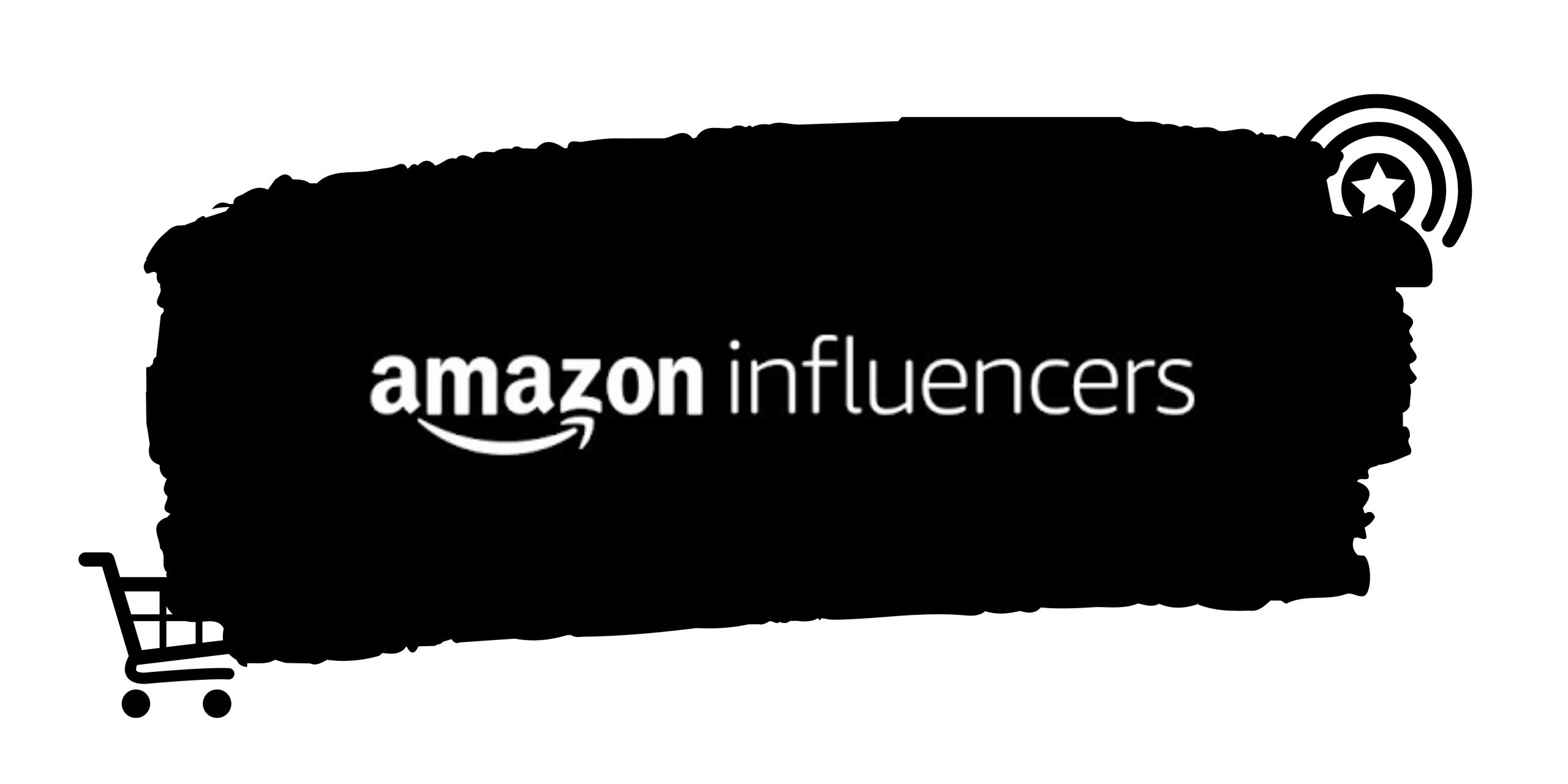The Power of Influencer-Generated Content: A Marketer’s Guide
You’re actually munching on influencer-generated content (IGC) every day, just like those chips you can’t put down.
Yep, all that scrolling on Instagram? Those influencers are out there, doing their best to Jedi mind-trick you into buying stuff. If you’re a savvy shopper, get ready to be entertained by what you’re about to learn.
And if you’re a marketer, hold onto your hats because I’m about to make your influencer marketing journey a breeze. Let’s get this influencer party started!
What is Influencer-Generated Content?
Influencer-generated content, often abbreviated as IGC, refers to content created and shared by social media influencers as part of their marketing or promotional efforts.
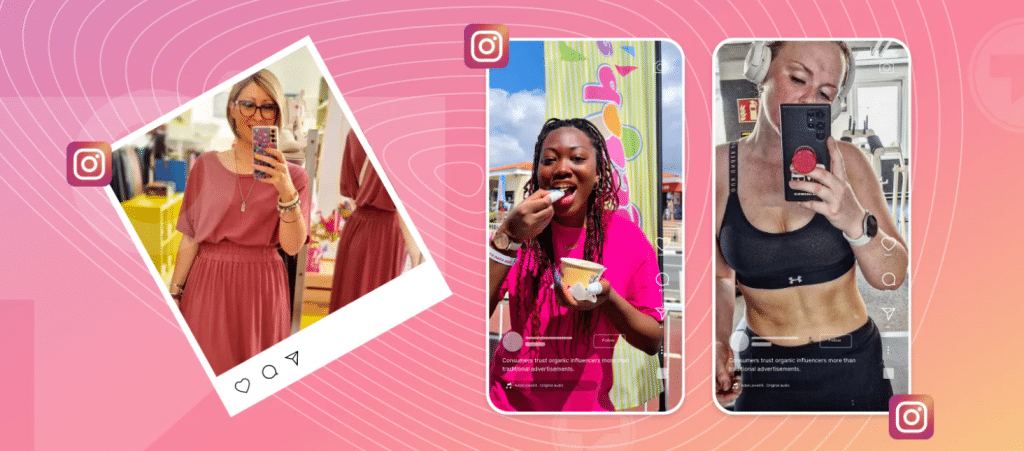
These influencers are individuals who have gained a significant following on platforms like Instagram, YouTube, TikTok, or other social media channels.
IGC can take various forms, including:
Instagram Posts and Stories: Influencers may create posts and stories showcasing products or services, often in a visually appealing and relatable way.
YouTube Videos: Influencers on YouTube may produce videos that review, demonstrate, or discuss products or services. They may also include sponsored content in their videos.
Blog Posts: Some influencers maintain blogs where they write detailed reviews or articles about products and services they’ve tried.
TikTok Videos: Short, engaging videos on TikTok can also be used by influencers to promote products, often in a fun and creative manner.
Podcasts: Influencers who run podcasts may discuss and endorse products or services in their episodes.
Twitter Threads and Tweets: On platforms like Twitter, influencers may share their thoughts, experiences, or recommendations related to products and services.
The key aspect of Influencer Generated Content is that it’s created by individuals with a dedicated and engaged following.
Their recommendations and endorsements can carry significant weight and influence the purchasing decisions of their followers.
As a result, businesses often collaborate with influencers to leverage their reach and credibility in marketing their products or services.
Why Influencer-Generated Content Matters?
Authenticity and Credibility:
Authenticity is a cornerstone of IGC. Influencers are often perceived as genuine individuals who share their honest opinions and experiences.
When influencers create content around a product or brand, their endorsement carries a level of credibility that traditional advertising may lack.

Consumers are more likely to trust recommendations from influencers they follow and relate to, resulting in increased brand trustworthiness.
Audience Engagement and Trust:
Influencers have dedicated and engaged audiences that trust their opinions and recommendations.
IGC helps brands tap into this engaged audience, facilitating higher engagement rates for their marketing campaigns.
Trust in an influencer transfers to trust in the brand, leading to increased loyalty and a more receptive audience.
Cost-effective Marketing Strategy:
Collaborating with influencers can be cost-effective compared to traditional advertising channels, especially for smaller businesses.
The cost per impression (CPI) or cost per engagement (CPE) often tends to be lower with IGC.
It provides an opportunity to reach a highly targeted audience without the high costs associated with large-scale advertising campaigns.
In summary, IGC matters because it leverages the authenticity and credibility of influencers to engage and build trust with their audiences while offering a cost-effective marketing strategy that can yield impressive results for brands.
Types of Influencer-Generated Content
- Social Media Posts:
- Instagram: Influencers often share product endorsements through Instagram posts and stories, utilizing visually appealing content to showcase brands.
- Twitter: Short and impactful endorsements and reviews are shared on Twitter, often with relevant hashtags and mentions.
- Blog Collaborations:
Influencers may write detailed blog posts or articles about a brand’s products or services.
These blog collaborations provide in-depth information and can help with SEO and long-term visibility.
- Video Content (YouTube, TikTok, etc.):
- YouTube: Influencers create product review videos, tutorials, or vlogs that allow them to provide in-depth information and showcase products in action.
- TikTok: Short-form videos on TikTok offer a quick and engaging way for influencers to demonstrate products and engage with their audience creatively.
- Product Reviews and Unboxings:
Influencers offer honest reviews of products, sharing their experiences with their followers. Unboxing videos, in particular, are popular on platforms like YouTube.
- Takeovers and Live Streams:
Influencers take over a brand’s social media accounts for a specified period, engaging directly with the brand’s audience. Live streams offer real-time interaction and product demonstrations.
These various types of influencer-generated content provide brands with a versatile toolkit to effectively reach and engage their target audience through the trusted voices of influencers across different platforms.
Each type offers unique benefits and can be strategically chosen based on the campaign objectives and the preferences of both the brand and the influencers involved.
Challenges and Pitfalls of IGC
Although Influencer marketing has its benefits, it also comes with a few challenges; it’s not an easy boat to ride, or is it?
Tagbox’s creator community has covered you and made this an easy ride for you. 😉
Ensuring Disclosure and Transparency:
One of the foremost challenges is ensuring that influencers disclose their relationships with brands transparently.
Regulations and guidelines vary by region; non-compliance can lead to legal issues and damage brand reputation.
Brands must educate influencers on the importance of clear disclosures and monitor their content to ensure compliance.
Dealing with Influencer Controversies:
Influencers are individuals with their own beliefs, opinions, and behaviors. Controversies surrounding influencers, such as offensive remarks or actions, can quickly tarnish a brand’s image if not addressed promptly.
Brands need a crisis management plan in place to address influencer-related controversies and may sometimes need to sever ties with the influencer.
Maintaining Consistency in Branding:
Maintaining a consistent brand image can be challenging when multiple influencers with varying styles and tones are involved in IGC campaigns.
Brands must provide influencers with clear guidelines and expectations and balance creative freedom and alignment with their brand’s identity.
Finding the Right Balance Between Influencer and Brand Message:
Brands must navigate the fine line between allowing influencers to bring their authentic voice to the content while ensuring it aligns with the brand’s messaging and values.
Striking this balance can be tricky, as influencers’ audiences are drawn to their unique perspectives and authenticity.
Addressing these challenges and pitfalls requires careful planning, communication, and ongoing management.
Brands must establish clear guidelines, maintain open communication with influencers, and be prepared to adapt their strategies when issues arise. Ultimately, successful IGC campaigns hinge on collaboration, transparency, and a commitment to maintaining brand integrity.
Trends and Innovations in IGC
Interactive Content:
Interactive content, such as polls, quizzes, and challenges, has gained popularity on social media platforms. Influencers can engage their audience more effectively through these interactive features.
Brands collaborate with influencers to create interactive campaigns encouraging user participation and driving user-generated content (UGC).
Augmented Reality (AR) and Virtual Reality (VR):
AR and VR technologies provide immersive experiences influencers can leverage to showcase products and services. This is particularly relevant in industries like fashion, beauty, and gaming.
Brands can partner with influencers to create AR filters, virtual try-on experiences, or VR product demonstrations, offering consumers a unique and engaging interaction with their offerings.
Long-term Influencer Partnerships:
Instead of one-off campaigns, brands are increasingly forming long-term partnerships with influencers. This allows for more authentic and ongoing collaborations that build stronger relationships with the audience.
Long-term partnerships can lead to a deeper understanding of the brand’s values and messaging, resulting in more aligned and effective content.
User-Generated Content (UGC) in Collaboration with Influencers:
Combining the power of influencer marketing with UGC or consumer generated content, brands can encourage their audience to create content related to their products or services.
Influencers can play a key role in promoting UGC campaigns by showcasing user-created content, fostering community engagement, and amplifying the reach of UGC.

These trends and innovations in IGC showcase the evolving landscape of influencer marketing. Brands are exploring new ways to engage audiences, leverage emerging technologies, and build meaningful and sustained connections with influencers.
By staying attuned to these trends, marketers can remain competitive and harness the full potential of influencer-generated content in their strategies.
Tips for Effective IGC Campaigns
Set Clear Objectives and Goals:
Define specific, measurable, and achievable objectives for your IGC campaign. Are you looking to increase brand awareness, drive sales, or boost engagement?
Clearly outline your goals and key performance indicators (KPIs) to measure the campaign’s success.
Build Strong Relationships with Influencers:
Establish a genuine and collaborative relationship with influencers. Open communication and trust are key.
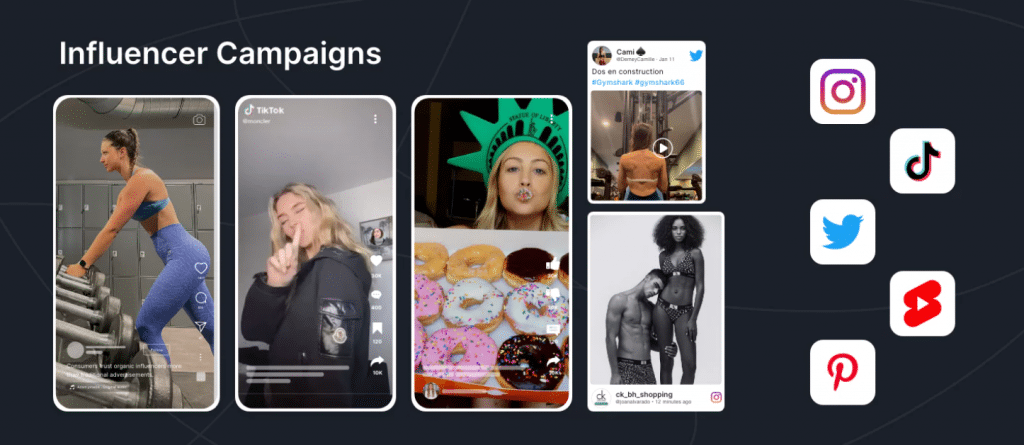
Ensure alignment by providing influencers with a clear understanding of your brand, values, and campaign expectations.
Monitor and Adjust in Real Time:
Stay actively involved during the campaign. Monitor the content as it’s created and shared.
Be prepared to make real-time adjustments to the campaign strategy if necessary.
This agility can help you address issues or capitalize on emerging opportunities.
Stay Updated with Platform Algorithm Changes:
Social media platforms frequently update their algorithms, impacting content visibility and engagement. Stay informed about these changes.
Adapt your IGC strategy to leverage platform updates and maximize the reach and impact of your content.
Continuously Analyze and Optimize:
Regularly track and analyze campaign performance using relevant metrics. Compare results against your initial objectives.
Use insights gained from data analysis to optimize future campaigns. Identify what worked well and what areas need improvement.
Effective IGC campaigns require careful planning, ongoing management, and a commitment to learning and adapting.
By following these tips, you can maximize the impact of your influencer collaborations and achieve your marketing goals with greater success.
Curtain Call: The Last Word
In conclusion, influencer-generated content (IGC) is a potent marketing tool, offering authenticity, cost-effectiveness, and engagement.
The influencer marketing landscape is ever-evolving, with trends like interactive content, AR/VR experiences, and long-term partnerships shaping its future.
Brands are encouraged to embrace IGC for lasting success, as it fosters trust, loyalty, and enduring connections with consumers.
As the marketing landscape shifts, those who adapt and harness IGC effectively are poised for success in the competitive marketplace, positioning their brands for a bright and influential future.

